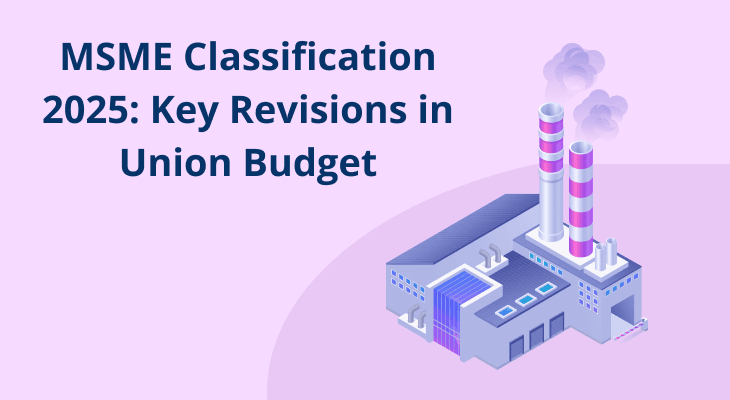
Capital Gains Regime in India Explained
Budget 2024 initiated a complete revamp of the capital gains tax regime in India by streamlining the holding period rules and the tax rates across the board. Finance Minister Nirmala Sitharaman also proposed to remove indexation benefit that was earlier available for certain assets sold like gold, unlisted equity shares, property, among others.
All the changes in India’s capital gains regime will be applicable from July 23, 2024, which includes the option of availing indexation benefit for calculating indexed cost of acquisition. The cost acquisition for assets sold before July 23, 2024, will be computed by indexing the cost using a cost inflation index to calculate long term capital gains on certain assets. Those assets sold on or after July 23, 2024, will not get the benefit of indexation while calculating cost of acquisition to be used in calculation of long-term capital gains.
New Holding Period Rules
Earlier, many different assets had a different holding period norm. While unlisted debentures, shares and gold needed to be held for 36 months or more to be classified as long-term capital assets, property could be held for 24 months for it to become long term. Similarly, listed equity shares and equity mutual funds were classified as long-term capital assets if they were held for more than 12 months.
Now, the holding period for an asset to be classified as long term is streamlined for each asset class. For listed financial assets like units of REITs/InvITs, shares, equity mutual funds, ETFs, and debentures the standard holding period to be classified as long-term capital assets is 12 months.
Unlisted financial assets like units of REITs/InvITs, shares, debt mutual funds, ETFs, and debentures the standard holding period to be classified as long-term capital assets is 24 months. However, the rate of tax for all capital gains on debt mutual funds will be an individual’s tax rate based on their tax slabs.
Similarly, for all other non-financial assets which are physical assets like gold, art pieces, property, etc. the holding period to be classified as long-term capital assets is 24 months.
Essentially, the holding periods are 12 months for listed financial assets, and 24 months for non-financial and unlisted financial assets to be able to be classified as long-term capital assets.
Change in tax rates for long-term and short-term capital gains
The tax rates for capital gains have also been proposed to be streamlined. Now long-term capital gains will be taxed at 12.5% whether it is listed or unlisted, financial or non-financial assets, and 20% for short-term capital gains on listed financial assets. For unlisted debentures, market-linked debentures, units of debt mutual funds, and other financial and non-financial assets, the tax rate will be based on an individual’s slab rate.
For long-term capital gains on listed equity shares and units of equity mutual funds, the exemption has been raised to ₹1,25,000 from the earlier ₹1,00,000. This means the long-term capital gains from these two classes of assets will be taxed only beyond ₹1,25,000.
How will your investments be taxed now?
After the proposed changes announced in Budget 2024 in the Finance Bill 2024 (No 2), this is how the new capital gains tax regime—
The proposals in the Union Budget are essentially moving towards a uniform capital gains tax regime based on the type of asset, be it financial assets (listed or unlisted), non-financial assets like physical assets (land, building, property, etc.), and other non-financial assets like gold.
An Income Tax Calculator helps you estimate how much tax you need to pay based on your income, deductions, and exemptions. Use our Income Tax Calculator to understand your tax liability better and plan smarter to save more.


